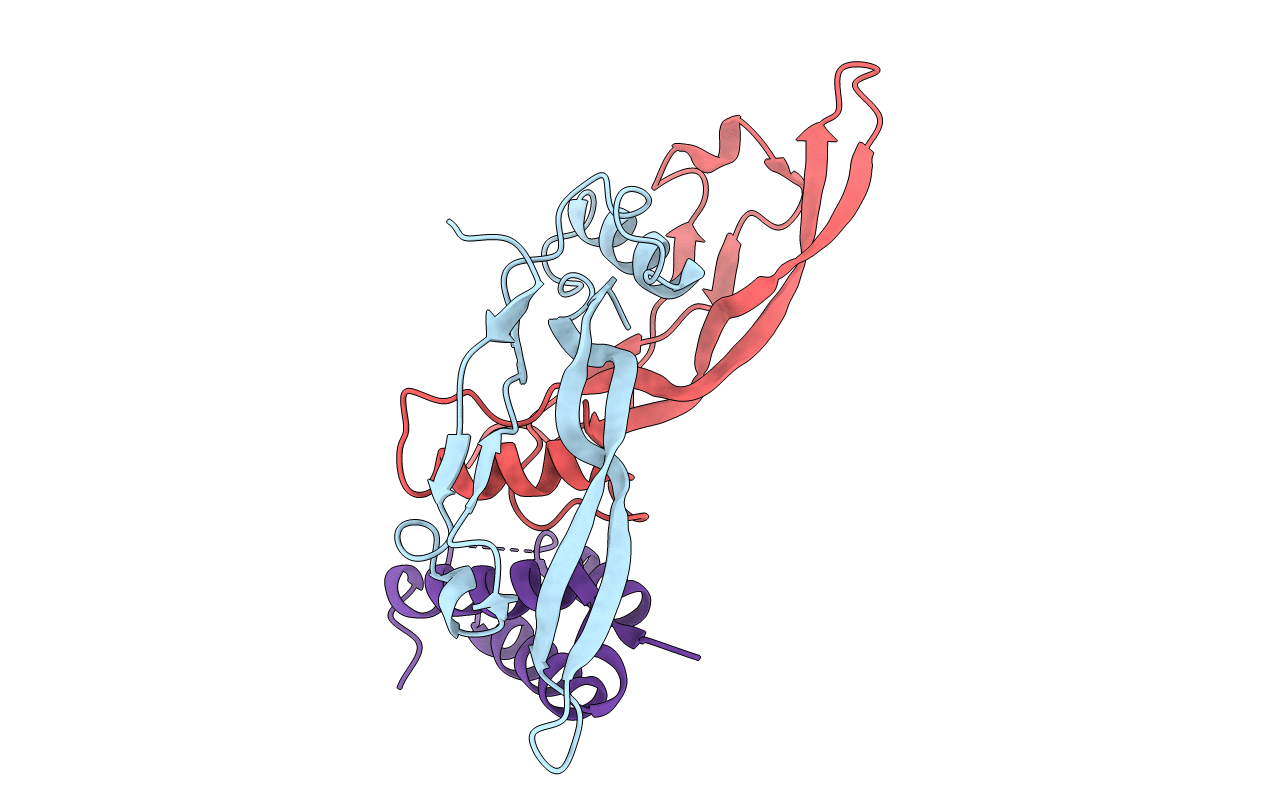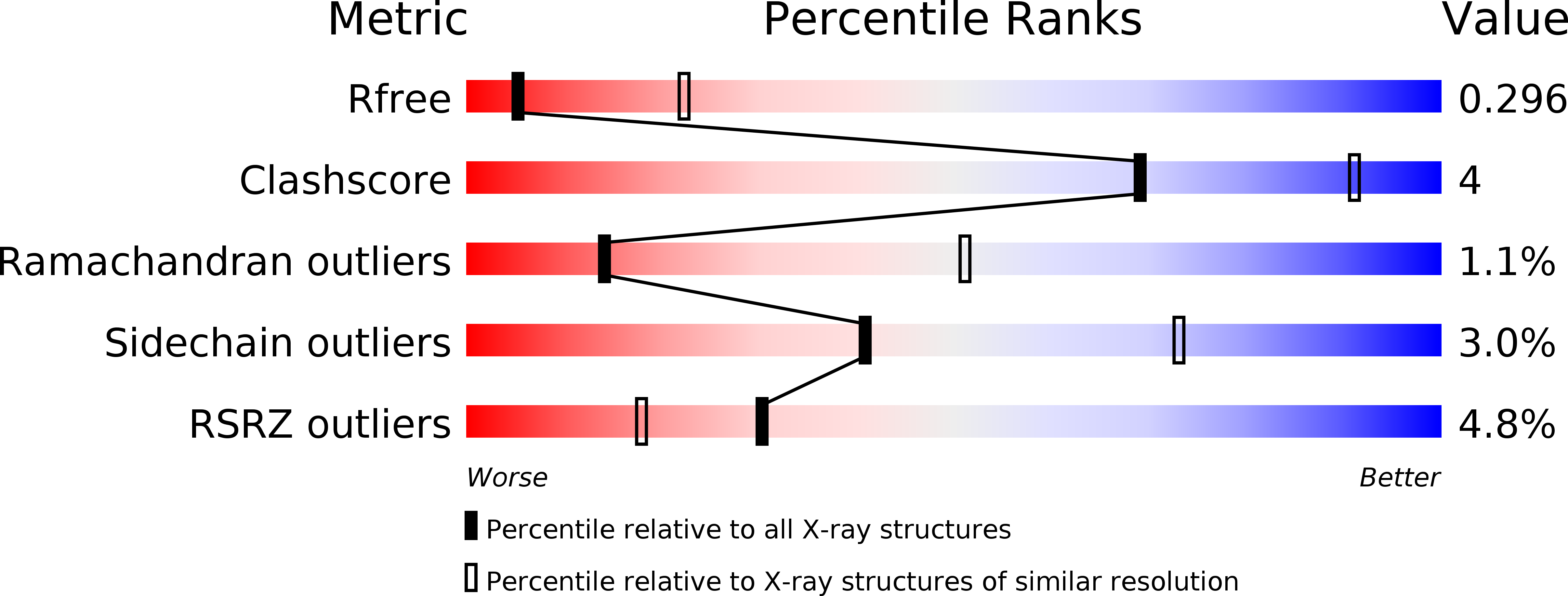
Deposition Date
2015-03-27
Release Date
2015-05-06
Last Version Date
2024-11-13
Method Details:
Experimental Method:
Resolution:
3.20 Å
R-Value Free:
0.26
R-Value Work:
0.22
R-Value Observed:
0.22
Space Group:
P 32 2 1


